Making a campfire in the wild when things take a turn for the worst is an important psychological factor that will help you survive and push forward.
If you manage to build a shelter and start a fire, it will give you a sense of security and your “temporary home” will become a great morale booster.
You’ve seen in movies, in survival TV show and other media channels how easy it is to build a campfire. Right?
Discover the ancient secrets that helped our forefathers survive in the wild!
I can tell you from experience that what you see on the screen and what you encounter on the field is something entirely different. Rubbing two sticks together does not work like in the movies, and all you will manage to accomplish is to become frustrated and start making mistakes.
Not to mention that there is more than one way to build a campfire and making the right type of fire for your needs and knowing how to use it requires a little bit of experience. Each of the campfires described in this article serves a particular kind of needs.
When you are building a fire in the wilderness, besides preparing the terrain and making the area safe for starting a fire, you should also consider what the function of the fire should be. For some survivalists, warmth may be the most urgent need. For others, cooking may be of particular interest. Depending on the campfire you build, you could also use it for drying wet clothing, signaling for help, and even disposing of waste.
Another important aspect that should be considered is the availability of the elements you need to build said fire. This aspect is rarely discussed in the appropriate literature, and few people actually learn what wood they should use for building campfire, how well it burns and overall, what the environment can provide.
Ask yourself if you have enough fuel for your needs. How about the ground, it is prepared for making a fire? Also, do you have an estimation for how long should the fire last? If so, you need to double that estimation jut to make sure you succeed.
Types of campfires you should learn to build…
1. Teepee
This is probably the most common type of campfire I’ve encountered during my years of exploring the great outdoors. It’s rather easy to make and as long as you have the proper fuel and fire-starting tools, you should have no problem in building one.
How to make it:
You will need to procure some tinder (either homemade or what you manage to gather) and put it on the ground. Surround the tinder with kindling in the shape of a teepee. To make sure the fire lasts, you will have to make some proper fire feeding arrangements. At the foot of the teepee, put some small, medium and large fuel logs in a square.
For this type of fire to last, you need to keep in mind that you will require lots of fuel. Therefore, firewood has to be abundant.
How to use it:
The teepee campfire is easy to light, and you can use it to burn wet wood. The inner fire will help dry and burn the damp wood you’ve arranged in a square pattern. This will help you a lot when time is of the essence since you don’t have to spend time searching for dry firewood. The main uses of this campfire are for warmth and cooking. However, you can also use it to signal for help by making three similar campfires in a straight line or by burning green vegetation on it.
2. Long Log
This is one of the most time-consuming campfires you can build, but it has many advantages. Even if you need to put some effort into making it, the long log it’s ideal for cold climates, and it will save you from freezing at night.
How to make it:
For starters, you will need to dig a 6 feet ditch that will house the tinder, kindling, and fuelwood. Once you dig the ditch you will have to spread kindling in the dich and ignite it. Add some medium logs to make sure the fire starts burning consistently. Once you have a steady burning fire, you will need to lay two long fuel logs on top of it. The tricky part is to make them stay one on top of the other.
As you can assume, in order to build this campfire, you should be located in a forested area, and you should have the proper tools to dig the ditch and cut the logs. You will need long logs, and it will work best if the burning material is dry.
How to use it:
This fire type emits a great deal of heat, and experienced survivalists and bushcrafters use it to keep themselves warm during cold weather. You need to build the long log campfire either side of you to make sure you can properly absorb the heat. This is a long-lasting fire that can stay alight all night. You can also use it for cooking, but after the embers have formed. You will have a good amount of embers to prepare a good breakfast in the morning.
 3. Automatic
3. Automatic
I’ve built this type of campfire on various occasions, and I’ve seen it be used in different ways. It’s one of my preferred types of campfires, and it’s ideal for sandy earth environments.
How to make it:
To build this type of fire, you will need to dig a hole that is at least 3 feet deep. The width of the hole depends on how much you want the campfire to last, and it’s influenced by the available resources in your vicinity. Once you have the hole ready, you will have to line it with stones (the non-porous kind) and you have to do this, so the hole doesn’t collapse.
Put the tinder and kindling inside the hole, in the middle, and make sure to rest large fuel logs against the sides of the holes. The logs will drop down as they burn, thus fueling the fire. For the automatic campfire to last longer, it’s recommended to soak the logs in water.
How to use it:
As I said before, this is one of the campfires ideal for sandy or loose earth where digging can be done easier. Make sure to keep in mind that, just like the long log campfire, this one requires quite a bit of time to make it work.
The first pioneers used the automatic campfire mainly for signaling their presence and for keeping wild animals at bay. Since it’s a self-feeding fire, once lit, it will not require you to add fuel, and it will last until morning. It was also used for cooking and also for drying wet clothing. A close friend of mine showed me during one of our camping trips how easily you can use it for baking. He placed his Dutch oven inside the hole once the logs dropped, and covered it with rocks. It was all he needed to bake some tasty bread.
4. Star Shaped
I’m making this type of campfire every time I take my nephews out camping. They seem to enjoy this start shaped campfire due to its unusual shape, and it’s easier for them to learn how to cook in the wilderness by using it. This is a simple campfire that everyone can make without worrying too much.
How to make it:
You will need to start building a regular campfire from tinder, kindling, or any other type of available fuel. Once the fire is lit, you will have to arrange six logs in such manner that they meet in the middle where the fire is burning.
You will have to pay attention to it and push the logs in as they burn. To make it last, you will need to be located in an area where small to medium-sized logs are available.
How to use it:
As long as you have the proper logs to keep it going, this can become a long-lasting fire. The star-shaped campfire it’s ideal for cooking since you can balance a pot or pan on the logs to make things easier. It also ideal for heating water, and it provides a good quantity of embers for various cooking styles. Aside from cooking, it can also be used to dry clothes, but you will have to improvise a rack on the downwind side.
5. Snake hole
This is a difficult campfire to build, and your environment plays an important role in you succeeding or failing. I haven’t used it too many times since I didn’t have the proper environment conditions to build it.
How to make it:
To be able and make such campfire, you need to dig a hole in the side of a bank and a chimney up through the earth. As you can assume, finding the proper spot for such a campfire can be a time-consuming job. However, once you find the spot and dig the hole, you can use any type of fuel to light the fire inside. This is an ideal campfire if you have rock-free dirt, if you are located in windy locations or if you want to protect it from falling snow.
How to use it:
The snake hole campfire is a high-temperature fire that lights and keeps burning fast due to the draft created by the chimney. You won’t have to worry about the elements; however, you will have to keep an eye on it to add more fuel when needed. I’ve used this type of fire to dispose of waste, but it can also be used for warmth and cooking. It’s a low impact fire that can also help you conceal your presence.
6. Dakota Hole
Until a few years back, this type of campfire was unknown to many, and it became popular due to the rising trend of Survival TV shows and various literature. However, experienced campers have been using it for decades, and it helped them with their various needs.
How to make it:
To build this campfire, you require a little bit of practice, and it’s never as easy as you see it in survival TV shows or literature. You will have to dig two holes, one large hole that will house the fire and one slightly smaller hole that will act as a chimney, thus suppling the fire with oxygen.
You will also have to link the two holes for the fire to create a concentrated heat. Use small logs as fuel and cook at ground level.
How to use it:
Since the flames are below ground, just like in the case of the snake hole fire, you can stay under the radar while using this type of campfire. The smaller hole will provide good draft to strengthen the fire and deliver concentrated heat. Once the fire is established, you can use it for cooking without using too much fuel. It can also be used for drying your clothes or for keeping you warm. In the old days, our ancestors used it for drying meat, and they would improvise various drying racks above the ground.
Concluding
Building various types of campfires may not be required if you’re the “once a year camping enthusiast”. However, if you like to spend a good amount of time in the outdoors, learning how to build different types of campfires will make your life a lot easier. Just like any other survival (or life) rule, don’t make things harder than they need to be. Pick a campfire that requires the least effort for maximum gain. I hope that you found this article useful and that you gained valuable knowledge to improve your fire building skills.


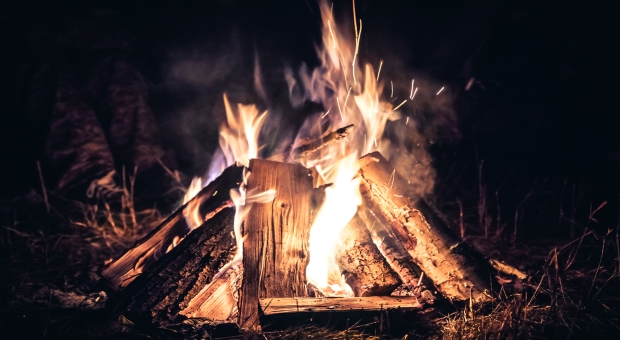
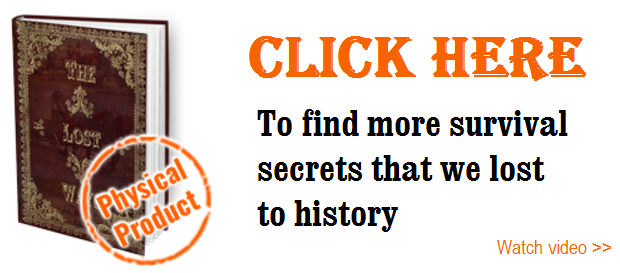
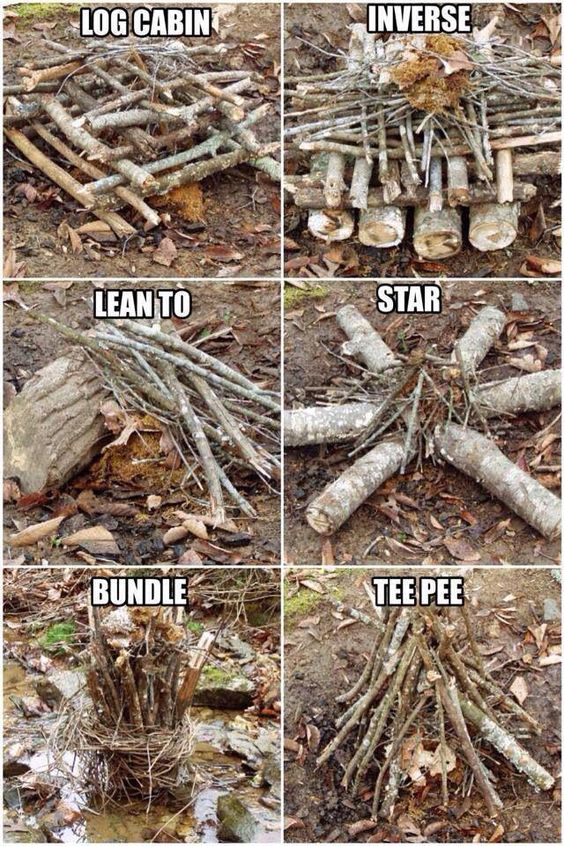

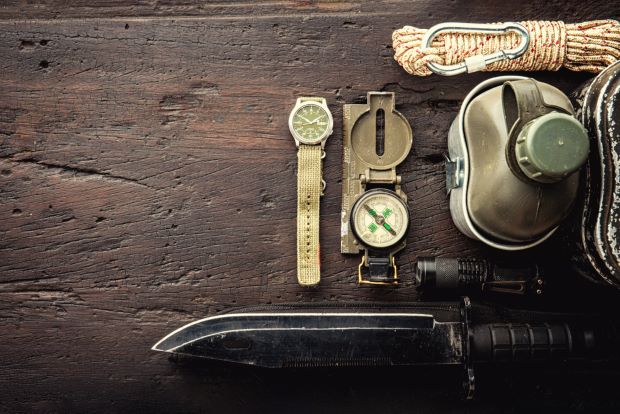
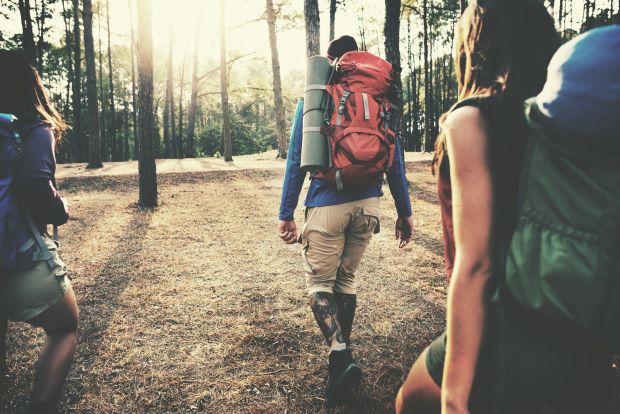
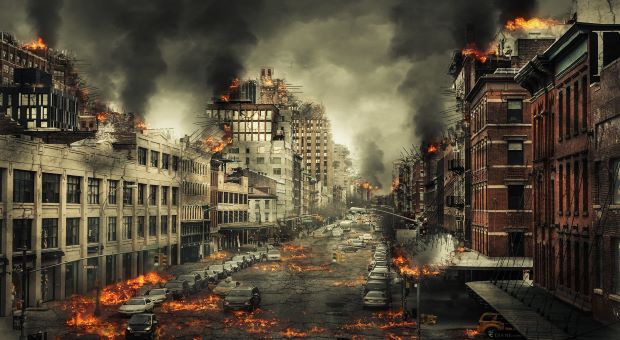
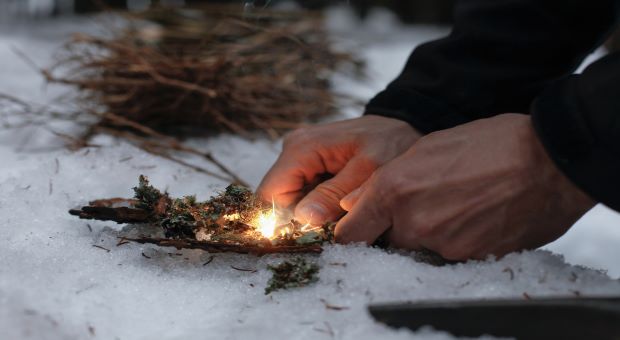

Bill in Idaho | September 8, 2019
|
Building a “Campfire” (For Cooking and for Heat all night) must be designed based upon the weather, shelter (fire and people), fuel supply, and terrain. No two situations are exactly the same.
TruthB Told | September 8, 2019
|
The Coleman Classic 2 burner also works well in the woods.